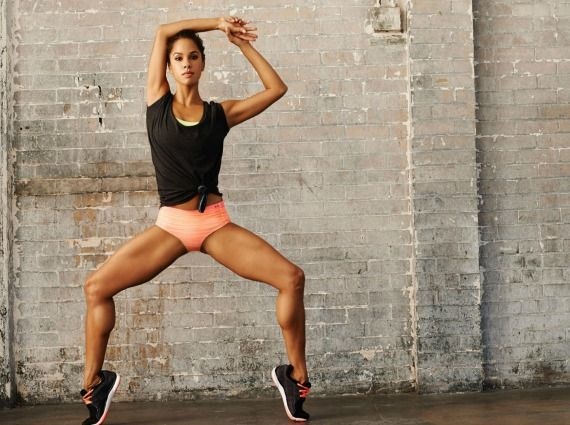You may know Misty Copeland as the face for ‘Under Armour,’ a sportswear company in the US, who has notched up over 8 million views on YouTube in her advert for the company. In the video, a voice-over reads a rejection letter, albeit fictional (though one not unrelated to Ms. Copeland’s career), while Copeland slowly rises to en pointe. The video ends with the tagline, “I WILL WHAT I WANT.”
Last Tuesday saw Ms. Copeland, a soloist for the American Ballet Theatre (ABT) in New York, named the principal ballerina for the company;
the first black female principal ballerina in the company’s 75 year history.
The ABT has had only two black male principals: Arthur Mitchell in 1962, the very first black principal ballerina in the United States, and Albert Evans in 1995.

Lauren Anderson was the first black female to be promoted to principal ballerina at a major American ballet company in 1990, and before her, Raven Wilkinson became the very first black ballerina to join a ballet company in 1955 but left for the Holland National Ballet, due to increasing racial discrimination.
Being a principal not only garners you more respect in the dance world; allowing you to dance bigger roles and to see your photograph in programs, but it also means more money, which is crucial in a profession where retirement age is between 35 and 40, and pensions are rarely offered to its’ performers.
Ms. Copeland has been very honest and open about her doubts of her own future in the ballet world, considering the dearth of black female ballerinas in high profile positions.
“I had moments of doubting myself, and wanting to quit, because I didn’t know that there would be a future for an African-American woman to this level. At the same time, it made me so hungry to push through to carry the next generation. So it’s not me up there, it’s everyone that came before me that got me to this position.”
Having a black principal ballerina in one of America’s top ballet companies will give the next generation of little black girls and boys a chance to see themselves up there, centre stage, rather than being confined to the wings. It will also hopefully encourage other prominent ballet companies to become more culturally diverse as well as forcing both the audience and those behind the scenes to open their minds to casting more black Odette/Odile’s in Swan Lake or Puck’s in A Midsummer Night’s Dream.



